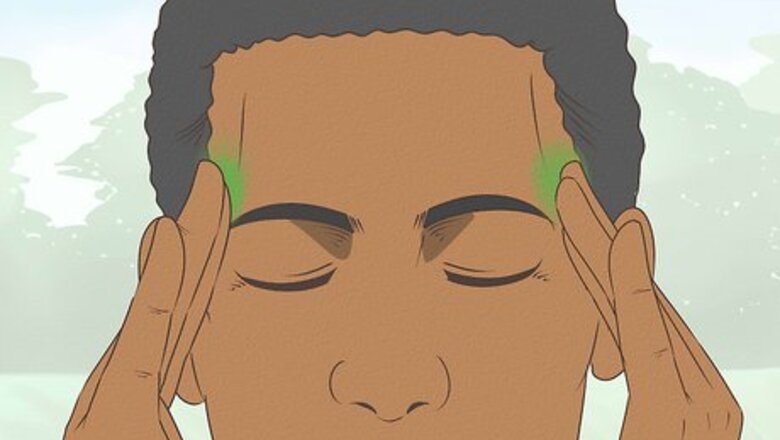
views
X
Research source
You can practice Shiatsu by yourself or with a practitioner. All you have to do is massage certain trigger points, including the neck, scalp, and temples.[2]
X
Trustworthy Source
MedlinePlus
Collection of medical information sourced from the US National Library of Medicine
Go to source
Performing Shiatsu on Yourself

Massage your temples. Use two fingers and rub your temples lightly in circular motions in order to relax the muscles and ease any stress located in this area.
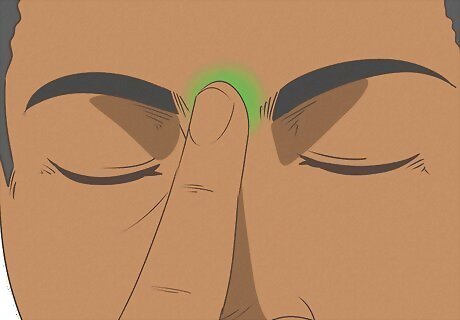
Gently press the space between your eyebrows. Some have claimed that gentle pressure on this spot can relieve headache pain by shifting stagnant Ki, which Shiatsu practitioners claim is a vital energy that flows through meridians, or the energy channels of the body. Hold the pressure for one minute.

Make a circular motion with your fingers 1/2 inch directly above your eyebrows. Close your eyes and make little circles to relax. This motion will, some claim, distribute the stressors and help clear out your pain.
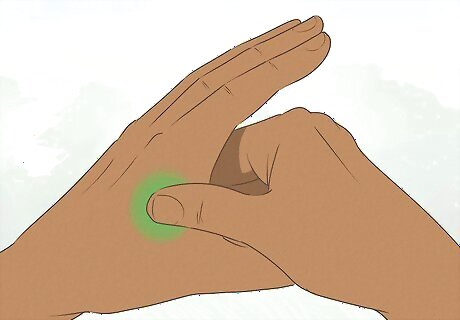
Press the soft, fleshy web between your thumb and forefinger. In Shiatsu, this is known as LI 4, or Large Intestine 4. It is an acupuncture point which, if pressed for about 30 seconds, reportedly soothes headache pains.
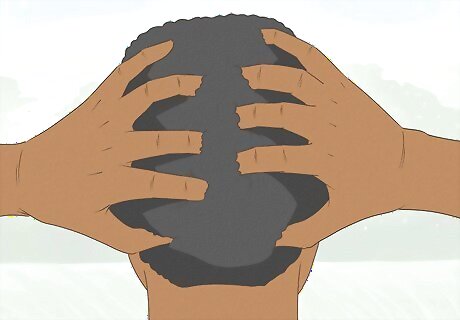
Massage your scalp. Particularly, move your fingers in circular motions around the sides of your head, about an inch behind your ears. Move your fingers around the ear, pressing softly. This may soothe headaches which originate in the back of the head.
Seeing a Shiatsu Practitioner
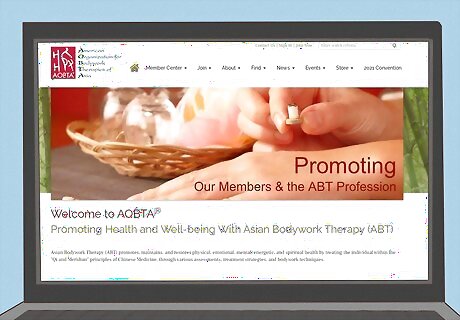
Locate Shiatsu practitioners in your area. Some practitioners will focus only on Shiatsu therapy, in which case they will likely have completed a specialized training program; others will offer Shiatsu as part of their array of services. You can do a quick Google search to determine massage therapists near you. You can also use the search tool on the American Organization for Bodywork Therapies of Asia (AOBTA) website.
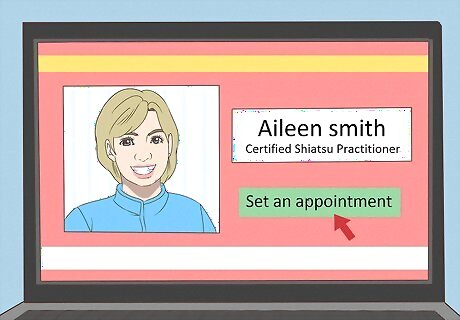
Schedule an appointment with a certified practitioner. Specifically, look for someone who is certified by the National Certification Commission for Acupuncture and Oriental Medicine or the National Certification Board for Therapeutic Massage and Bodywork. This will ensure a regulated standard of quality for your therapy.

Inquire about the type of session you will have. Shiatsu massage styles vary and can range from gentle pressure to deep kneading using elbows, knees, and feet. Knowing the sort of massage you will be receiving will allow you to adequately prepare and plan out the rest of your day. The AOBTA formally recognizes six forms of Shiatsu, which you can ask your practitioner specifically about. These are: Integrative Eclectic Shiatsu, Japanese Shiatsu, Five Element Shiatsu, Macrobiotic Shiatsu, Shiatsu Anma Therapy, and Zen Shiatsu.

Wear loose-fitting or workout clothes to your appointment. A one hour session will involve you lying fully clothed on a floor mat or on a massage table or sitting on a chair as the practitioner presses on acupressure points. The more comfortably dressed you are, the more you will get out of your visit.

Explain to the practitioner the reason for your visit. Mention that you would like to relieve the pain from your tension headache so that he or she can address specific acupressure points. The Shiatsu massage session, which will typically last about an hour, will likely be comprehensive and focus on providing full-body stability. That being said, if you mention a particular pain you're having, the Shiatsu practitioner will be able to direct additional attention to that area.
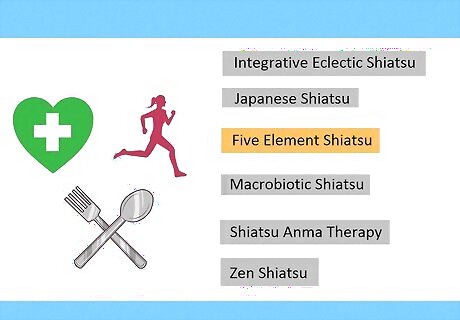
Expect the style of Shiatsu to vary depending on practitioner. The intensity will depend on the specific type of Shiatsu that your therapist has been trained in. It is common for a session to begin with a discussion of your overall health, including any outstanding health concerns as well as exercise and eating patterns. Your session might also include advice on breathing techniques, diet, and exercise.

Consider setting up another session. The number of treatments needed varies from person to person, and Shiatsu may provide immediate relief from your headache. However, if your tension headache is a chronic problem then you may benefit from more Shiatsu sessions. Try to schedule subsequent sessions one to two weeks apart.
Using Different Methods to Treat a Tension Headache
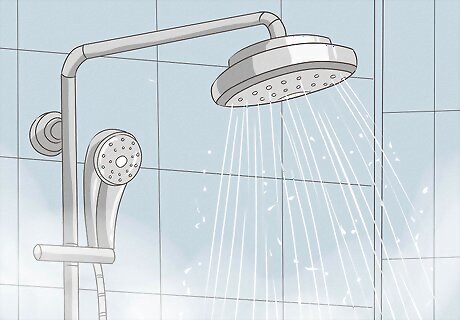
Try a hot or cold shower or bath. These may relieve headaches for some. You can apply a cold compress over your eyes to ease the stress.You can even apply a warm compress on the eyes and neck.
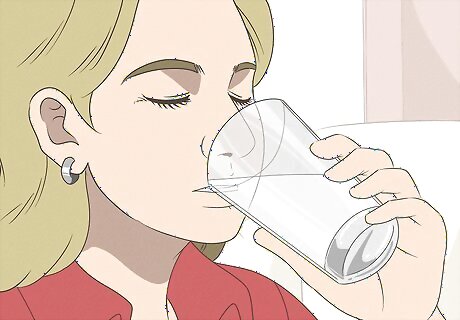
Drink water. Dehydration is a common cause of tension headaches. By drinking water, you can relieve your headache immediately and also prevent future headaches.
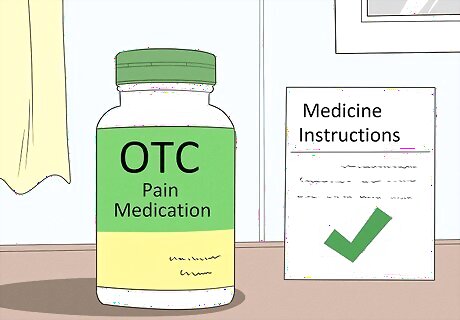
Take over-the-counter pain medicine. Ibuprofen (Advil), aspirin, or acetaminophen (Tylenol) can help relieve pain from headaches. Follow your healthcare provider's instructions when taking medication. Be aware that taking pain medicine over 3 days a week on a regular basis can lead to rebound headaches.
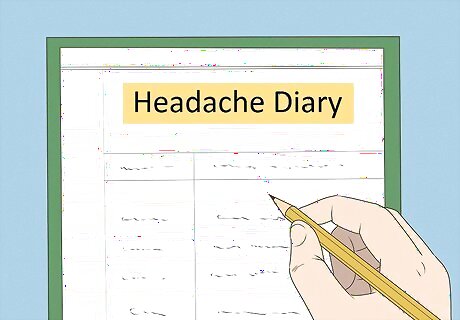
Keep a headache diary. While this will not relieve you of your pain, tracking the frequency and timing of your headaches can help you and your provider create a treatment plan.
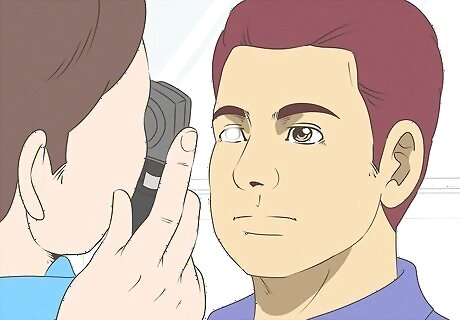
See an eye doctor. An ophthalmologist can check your eyes to see if your headaches are vision-related and if perhaps you might need glasses.












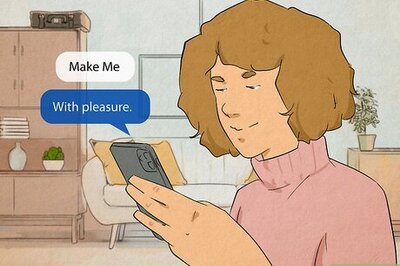

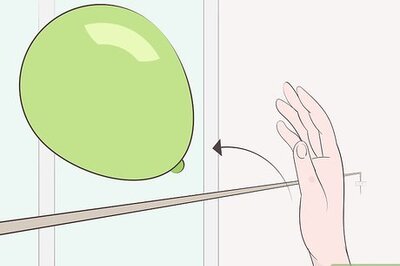


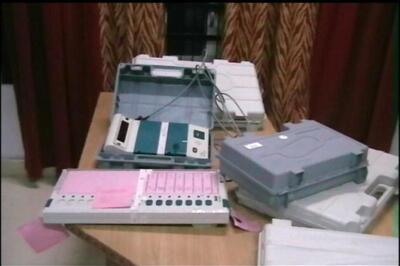


Comments
0 comment